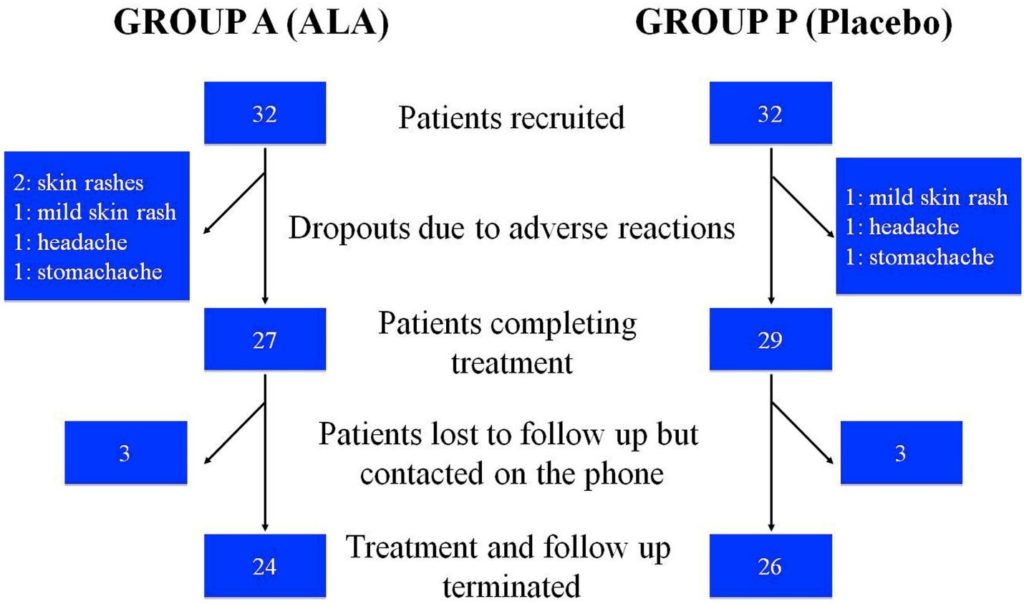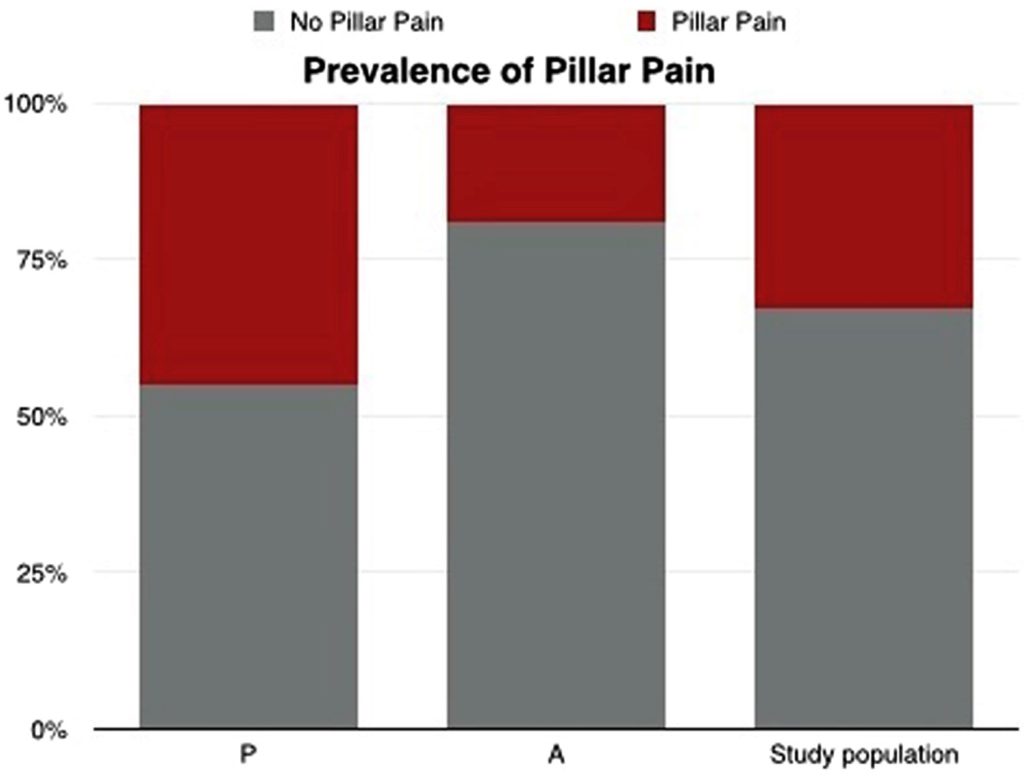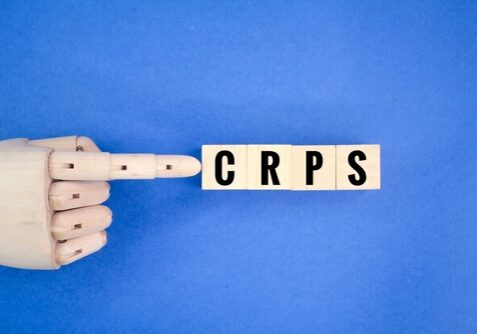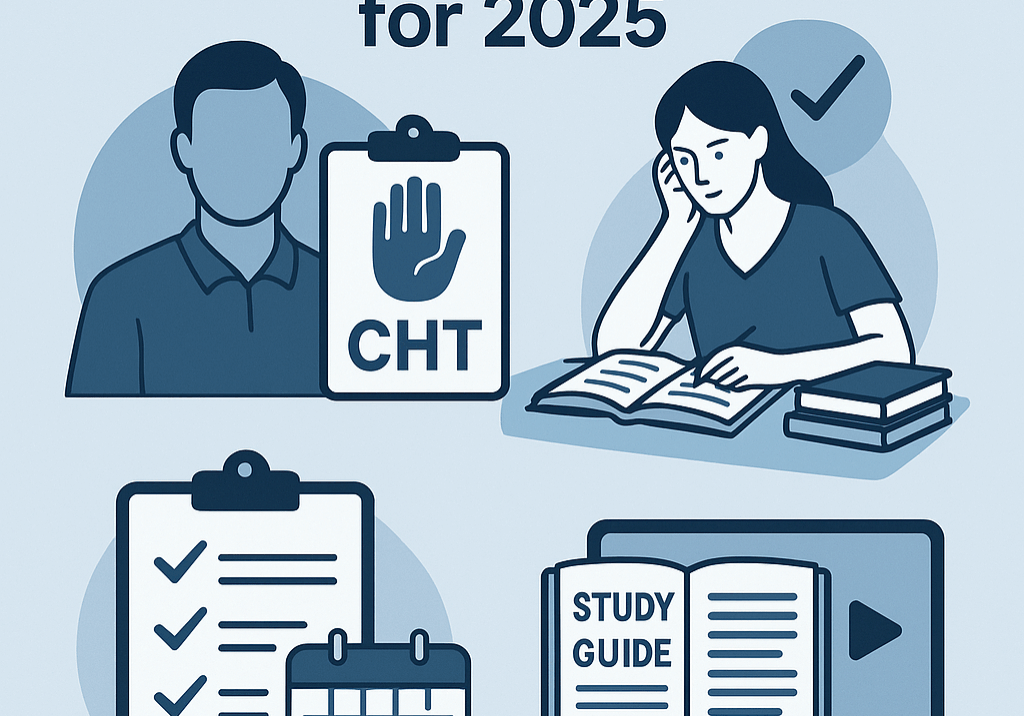Does Taking an Alpha-lipoic for 40 days after Carpal Tunnel Release decrease the likelihood of developing Pillar Pain?
Filed under Uncategorized
Filippo, B., Granchi, D., Roatti, G., Merlini, L., Sabattini, T., & Baldini, N. (2017). Alpha-lipoic acid after median nerve decompression at the carpal tunnel: A randomized controlled trial. The Journal of Hand Surgery, 4, 236–42.
The Skinny – A double-blind, randomized controlled study was performed. Sixty-four patients were randomly assigned into two groups after median nerve decompression. Thirty-two patients took the alpha-lipoic acid (ALA), while the other 32 received the placebo pill.

In The Weeds – The outcome measures utilized were Boston Carpal Tunnel score, 2-point discrimination, presence or absence of pillar pain, use of analgesics beyond post-op day 2, and sensory and motor conduction velocities. These measures were assessed at three months post-op.
Bringing it Home – ALA did not significantly improve nerve conduction velocity or Boston Carpal Tunnel score. Taking ALA did reduce pillar pain, and static 2-point discrimination improved in both groups.

Taking ALA for 40 days after carpal tunnel surgery can lower the incidence of Pillar Pain. The study size was relatively small, and the outcome measures of pain and two-point discrimination test are somewhat subjective measures. The ALA treatment (pillar pain treatment) was well tolerated by the study participants. A larger study is needed to confirm these findings.
More To Read
Therapeutic Exercise vs Therapeutic Activity
What is the difference between therapeutic exercise vs therapeutic activity? Therapeutic exercise is billed as 97110 and Therapeutic activity is billed as 97530. Both are CPT codes that are commonly used in occupational and physical therapy billing. These codes are very similar and are often confused. So, when and what do you document for each…
Read MoreRisk Factors for Complex Regional Pain Syndrome (CRPS) in Patients with Hand Trauma
Hand Trauma and CRPS in patients attending Hand Therapy By Tristany Hightower Savaş, S., İnal, E. E., Yavuz, D. D., Uslusoy, F., Altuntaş, S. H., & Aydın, M. A. (2018). Risk factors for complex regional pain syndrome in patients with surgically treated traumatic injuries attending hand therapy. Journal of Hand Therapy, 31(2), 250–254. https://doi.org/10.1016/j.jht.2017.03.007 The…
Read MoreUltimate Guide to CHT Test Prep for 2025
Preparing for the Certified Hand Therapist (CHT) exam is a major step toward advancing your career in hand therapy. Whether you’re an occupational therapist (OT) or physical therapist (PT), this guide will walk you through everything you need to succeed—from study strategies and prep materials to real-life success stories and expert tips. What is the…
Read MoreSign-up to Get Updates Straight to Your Inbox!
Sign up with us and we will send you regular blog posts on everything hand therapy, notices every time we upload new videos and tutorials, along with handout, protocols, and other useful information.





